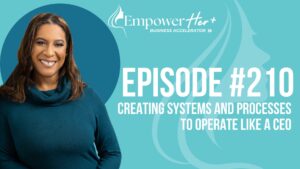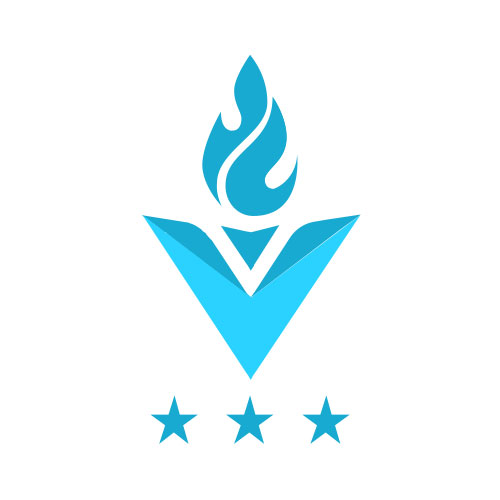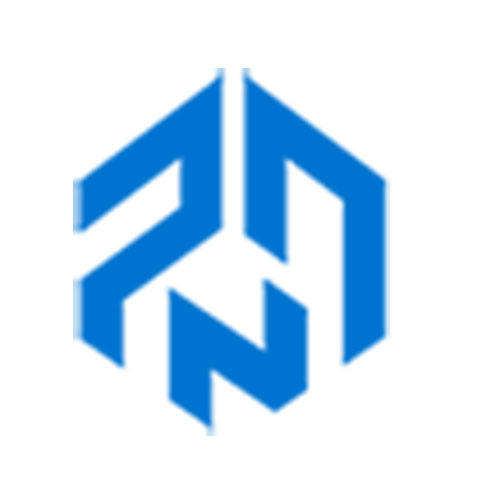Having a conversation with a potential client or customer is kind of like going on a date. You want to say the right things at the right time to demonstrate just how awesome you are and how fun dating you will be to convince them to take the chance with you. You don’t want to come on too strong, but you also don’t want to hold back too much, or they could get bored and interested in someone or something else. And like dating has different stages where what you do and what you share happens in phases, courting a new prospect also has multiple stages that require different levels of engagement and sharing. Want to know what those stages are?
Get ready to learn about the buyer’s journey, and understanding what stage you are in will help direct what you are sharing with your prospects.
Introduction: What is the Buyers Journey?
Fred Reichheld first introduced the term Buyers’ Journey in 2003. This journey is a customer-centric marketing strategy that captures the stages of interaction with people considering buying a product or service.
According to this Buyers’ Journey, customers enter into four stages: Awareness, Consideration, Conversion, Advocacy/Referral.
The idea behind the Buyers’ Journey is that each step has specific characteristics and requires different approaches from the business to deal with it successfully. For example, in the consideration stage, the company must provide an excellent experience to become loyal buyers later. In the referral stage, businesses should offer incentives for customers to share their positive experiences with others to get more referrals.
Four Stages of the Buyer’s Journey
Let’s take a look at each of the four stages of the buyer’s journey keeping in mind that this is when customers are engaging with a company to make a purchase. These stages are always about where the customer is and not where the brand is. The brand’s job is to meet the customer where they are in the journey and provide the level of engagement needed to help them make a wise purchase decision.
The first stage of the buyer’s journey is awareness. This stage is when customers become aware of your company and what you have to offer them. They might come across your name or logo in their lives, or they might hear about you through word-of-mouth marketing strategies. They must know who you are before they become interested in your products or services.
The second stage of the buyer’s journey is the consideration state. This stage allows the buyer to explore whether they want to invest in a product or service. They may use it for some time, then return to their previous way of doing things. If satisfied with the product, they are likely to continue using it and consider purchasing.
The third stage of the buyer’s journey is the conversion stage. The conversion stage of the buyer journey is crucial for many reasons. This stage is the point where a potential customer becomes a paying customer. We define this stage by the customer’s level of interest and desire to buy. Also considered the point of no return, we have to do all that we can to demonstrate our value to the customer and build their trust in our product or service, so deciding to invest their money in time in your product or service is an easy no stress choice.
The last stage of the buyer’s journey is advocacy or referral. This stage is where the customer is satisfied with their purchase and speaks positively about it. They do this in reviews or comments, both online and in person. Marketers try to encourage advocacy by giving customers incentives like discounts or free shipping for leaving good reviews on their products.
The Buyer Decision Process Explained
I want to spend a little bit more time digging deeper into the Conversion Stage and explaining a bit about the buyer decision process. The buyer decision process is a set of stages or steps that buyers follow when making decisions. The buyer decision process consists of five stages:
- problem recognition,
- information search,
- evaluation of alternatives,
- purchase, and
- post-purchase behavior.
Problem recognition is the first stage in the buyer decision process. It refers to identifying a need or opportunity that customers have. A person may have an idea about solving a problem they see in their line of work and recognize the need for a solution right away.
Recognition of a problem leads them to the Information Search phase, where they will turn to do some self-driven research into what others have done to solve similar problems. Their search results will likely provide them with a list of solution products or services for them to consider.
Once they build a list of solutions, they will begin the evaluation stage to compare their options. Evaluating alternatives is the next stage in the buyer decision process where buyers think about what they want and how best to get it. They will review their situation and needs, identify possible solutions, and then evaluate them concerning specific criteria such as cost and quality.
After thoroughly evaluating their options, it’s time for the Purchase Stage. They will do one of 2 things. Purchase the option that best fulfills their needs, or decide on a DIY fix for the solution and develop their way to solve their problem.
The last stage is the Post-Purchase behavior which brings us to the Advocacy and Referral stage of the buyer’s journey. What they do after the purchase, what they say about you and your product or service to others.
The Importance of Understanding the Buyer’s Journey in Marketing Campaigns
Understanding the buyer’s journey is integral for business owners to help them assess their marketing strategies. It will also allow you to design a more personalized campaign that caters to each stage of the buyer’s journey.
In essence, understanding the buyer’s journey allows marketers to provide customers with a more personalized experience. They can use their knowledge of the customer’s behavior and preferences to create an individualized marketing campaign tailored just for them.
The importance of understanding the buyer’s journey can be best understood by looking at it through four key stages: Awareness, Consideration, Conversion, and Advocacy.
We hope you found value in today’s session about the buyer’s journey. We would love to know which stage of the buyer’s journey you struggle with the most? If you feel unsure how the buyer journey fits your particular organization, I would love to chat with you. Scheduling an appointment will allow me to clarify your buyer’s journey so you can begin communicating with your audience and meeting them where they are on their journey to purchasing with you. I was hoping you could schedule a consultation session with me today; your first session is always free.














